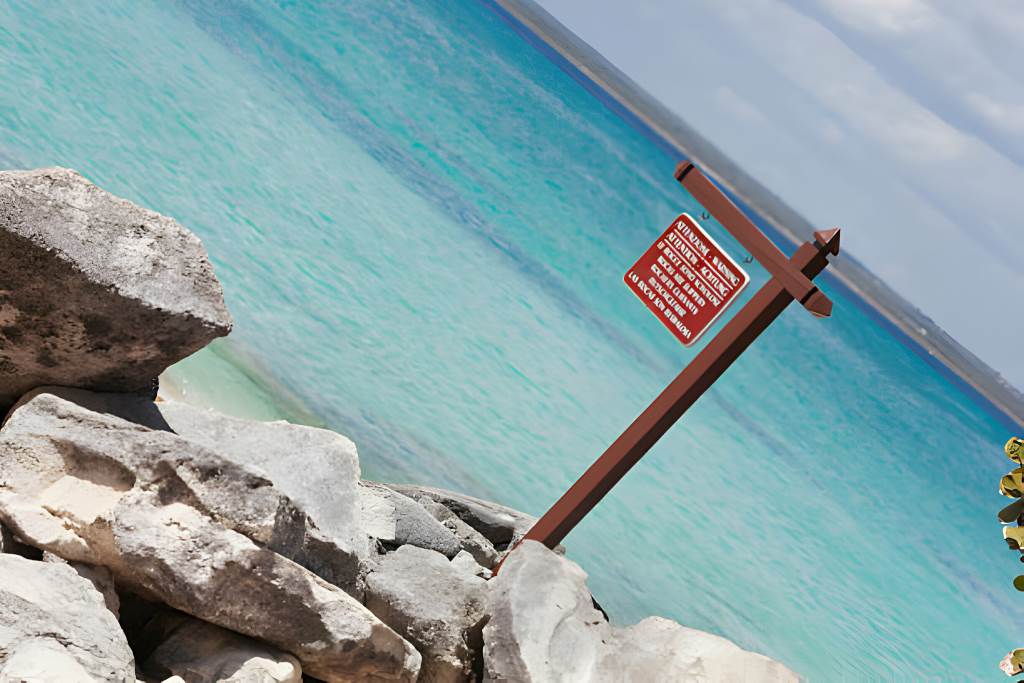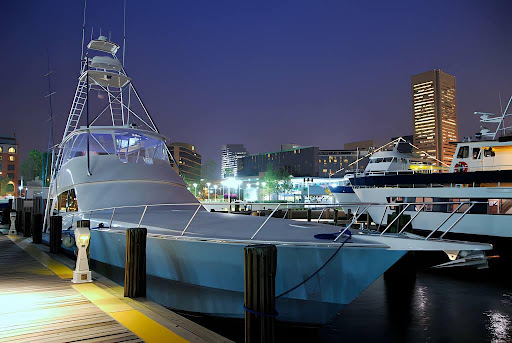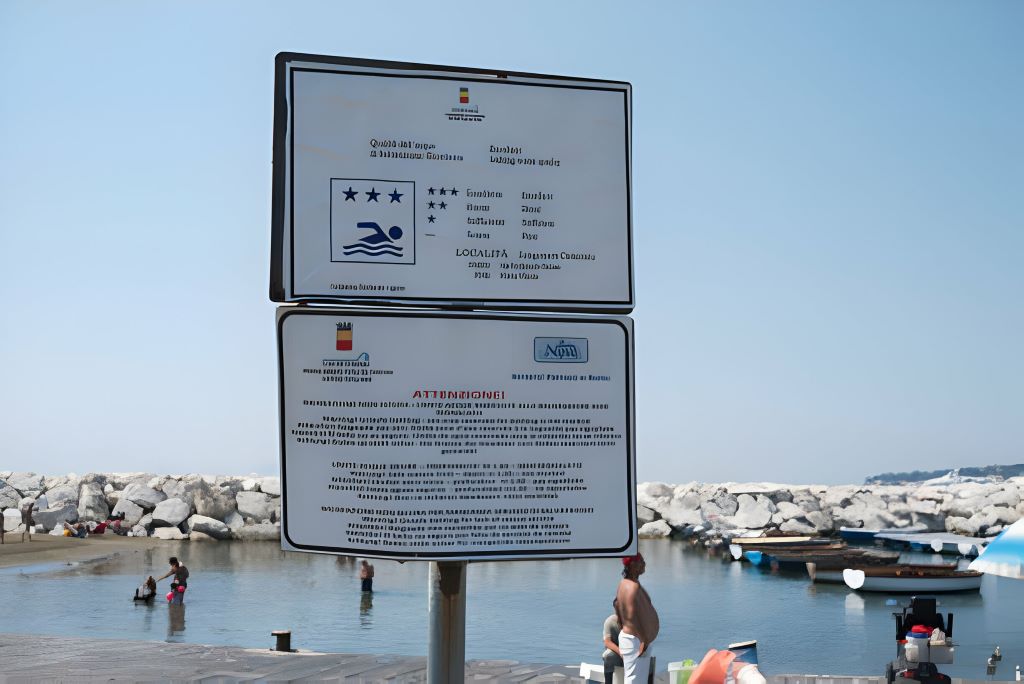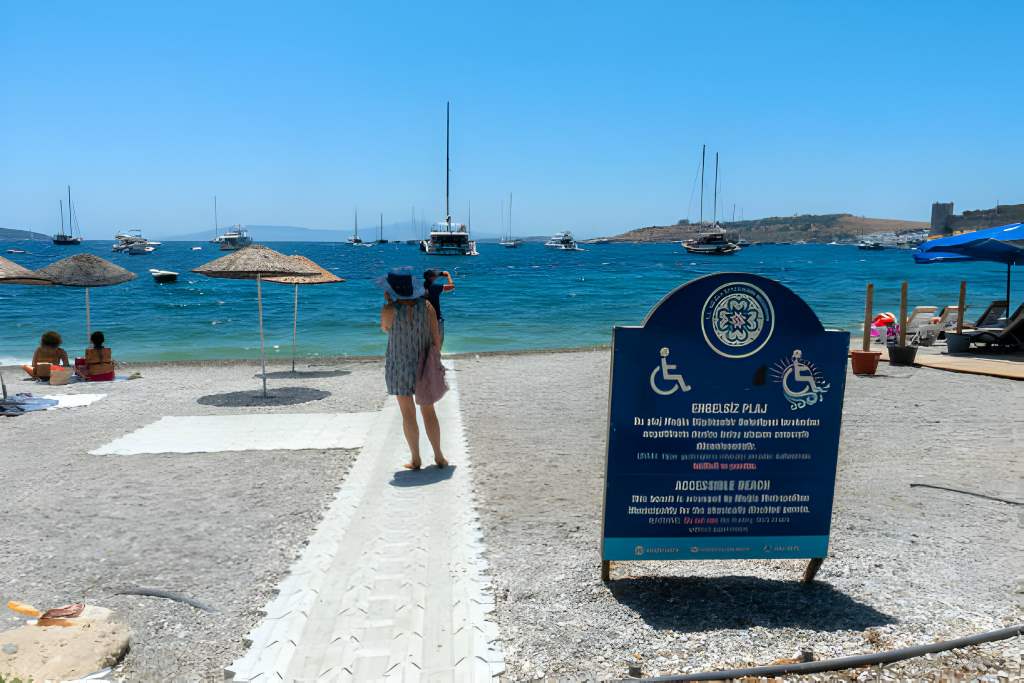Marine underwater lighting serves various purposes, from enhancing aesthetics to aiding navigation. However, improper use of underwater lighting can have detrimental effects on marine ecosystems, including disruption of natural behaviors, disturbance to nocturnal species, and increased energy consumption.
To address these concerns, legal guidelines for sustainable marine underwater light use are essential. In this article, we explore the importance of such guidelines and delve into the key principles and regulations governing underwater lighting in marine environments.
Understanding the Impact of Underwater Lighting
The impact of underwater lighting on marine ecosystems is profound. Artificial illumination can disrupt natural behaviors, disturb nocturnal species, and alter ecological balance. Excessive light can attract or disorient marine organisms, affecting migration patterns and reproductive cycles.
Furthermore, light pollution can disrupt circadian rhythms, impacting feeding and breeding habits. Understanding these effects is essential for developing sustainable practices in marine lighting.
The Ecological Consequences
Marine ecosystems are delicately balanced, with many species relying on natural light cues for essential behaviors such as foraging, reproduction, and predator avoidance.
Artificial underwater lighting can disrupt these natural rhythms, leading to altered behaviors and ecological imbalances. For example, excessive light can attract or disorientate marine organisms, affecting their migration patterns or reproductive cycles.
Additionally, light pollution can disrupt the circadian rhythms of nocturnal species, impacting their feeding and breeding habits.
Energy Consumption and Environmental Footprint
Beyond ecological impacts, underwater lighting also contributes to energy consumption and carbon emissions. Traditional lighting sources such as incandescent or halogen bulbs are inefficient and energy-intensive, burdening marine ecosystems and exacerbating climate change.
Furthermore, improper disposal of old or damaged lighting fixtures can introduce hazardous materials into marine environments, further endangering marine life and habitat integrity.
The Need for Legal Guidelines for Underwater
Legal guidelines for underwater lighting are imperative to mitigate its detrimental effects on marine ecosystems. By establishing regulations on intensity, duration, and spectral characteristics, policymakers can minimize disturbance to marine life while achieving desired objectives.
These guidelines promote the conservation of natural darkness, energy efficiency, and innovation in lighting technology, ensuring the long-term sustainability of marine environments.
Protecting Marine Biodiversity
Legal guidelines for sustainable marine underwater lights use are crucial for protecting marine biodiversity and ecosystem health.
By establishing clear regulations, policymakers can mitigate the negative impacts of underwater lighting on marine organisms and habitats.
These guidelines can include restrictions on the intensity, duration, and spectral characteristics of underwater lights to minimize disturbance to marine life while still achieving the desired objectives, such as safe navigation or aesthetic enhancement.
Promoting Energy Efficiency and Innovation
Incorporating energy efficiency standards into legal guidelines encourages the adoption of eco-friendly lighting technologies in marine applications.
LED (Light Emitting Diode) lighting, for instance, offers significant energy savings compared to traditional lighting sources, reducing both operational costs and environmental impact.
By promoting the use of energy-efficient lighting solutions, legal guidelines drive innovation in marine lighting technology, fostering the development of sustainable alternatives that minimize energy consumption and ecological footprint.
Key Principles of Sustainable Marine Underwater Light Use
The key principles of sustainable marine underwater light use include the conservation of natural darkness to preserve ecological integrity, spectral management to minimize harm to marine life, and timing and duration controls to reduce disturbance during critical periods.
These principles guide the development of legal guidelines that balance the need for underwater lighting with environmental protection.
Conservation of Natural Darkness
Preserving natural darkness is essential for maintaining the ecological integrity of marine environments. Legal guidelines should prioritize minimizing light pollution and preserving dark skies and underwater conditions. This can be achieved through measures such as light shielding, directional lighting, and strategic placement of fixtures to minimize spills and glare.
Spectral Management
The spectral characteristics of underwater lighting play a significant role in its ecological impact. Certain wavelengths of light, such as blue and green, are more disruptive to marine organisms than others.
Legal services guidelines should regulate the spectral output of underwater lights, favoring less harmful wavelengths to marine life while meeting practical requirements. Additionally, spectral management can help mitigate light pollution and preserve natural lightscapes in marine environments.
Timing and Duration
Controlling the timing and duration of underwater lighting activities is essential for minimizing disturbance to marine organisms, particularly nocturnal species.
Legal guidelines should restrict the use of underwater lights during critical periods such as breeding seasons or migration events to reduce the risk of disruption to natural behaviors.
Additionally, limiting the duration of lighting activities can help conserve energy and reduce overall environmental impact.
Regulatory Framework for Sustainable Underwater Light Use
The regulatory framework for sustainable underwater light use encompasses international agreements, such as the Convention on Biological Diversity, and national legislation enacted by countries to address light pollution.
Regulatory bodies enforce guidelines on the types of underwater lights permitted, environmental impact assessments, and compliance measures. International cooperation is crucial for addressing light pollution on a global scale.

International Agreements and Conventions
Several international agreements and conventions address the issue of light pollution and its impact on marine ecosystems. For example, the Convention on Biological Diversity (CBD) recognizes the importance of reducing anthropogenic impacts on marine biodiversity, including light pollution.
Similarly, the International Dark-Sky Association (IDA) advocates for the protection of natural darkness and the reduction of light pollution worldwide.
National Legislation and Regulatory Bodies
Many countries have enacted legislation and established regulatory bodies to address light pollution and promote sustainable lighting practices in marine environments.
These regulations may include restrictions on the use of certain types of underwater lights, requirements for environmental impact assessments, and enforcement mechanisms to ensure compliance with legal guidelines.
Conclusion
Legal guidelines for sustainable marine underwater light use are essential for protecting marine biodiversity, conserving energy, and mitigating the ecological impact of artificial lighting in marine environments.
By incorporating key principles such as conservation of natural darkness, spectral management, and timing and duration controls, policymakers can develop effective regulations that balance the need for underwater lighting with the imperative to preserve marine ecosystems.






